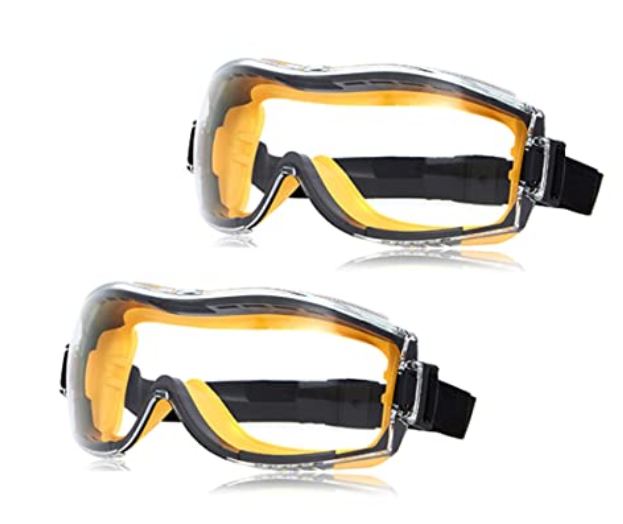Eye Exams after Lock down - All You Need to Know BEFORE you go
Michael Ng
Are eye doctors (optometrist) offices open?
The short answer is Yes. In Ontario, optometrists are now allowed to gradually return to work on routine eye exams and are preparing to reopen following the guidance of the College and Ministry of Health. Since March our services were limited by the Ministry of Health to urgent care only. However, as of May 26, we were given the green-light to allow routine eye care visits. We’re starting to re-book our appointments. Please be patient as we ramp up to new working conditions to provide you the best care possible.
Why you should go for an eye exam?
Annual eye exams are important since they help us ensure our eye health is optimal. More frequent health checks allows for earlier detection and treatment of eye diseases. Our eyes are so important to our daily lives, so we want to take good care of them.
Your eye exam will be different from your last visit. But what can you expect when you go for your eye exam after the lock down. Before reopening, your optometrist has invested in countless measures to protect you and their staff from COVID-19. Read more as I dive deep into this topic of what to expect so you can be reassured you’re in good hands.
What can you expect?
1) PPE for everyone
To reduce any viral transmissions, all patients and staff will be wearing personal protective equipment. Face masks or coverings will be mandatory for all. You will also notice several protective barriers on equipment and sneeze guards in reception to help add additional protection.
2) Social distancing guidelines
Patient volume will be reduced by 25-50% to allow for proper social distancing. Waiting chairs will be kept apart with limited patients and stacked patient flow. You may be asked to wait outside or in your car until your appointment is ready. Accompanied family members may be limited to one or asked to come back for pick up. Limited customers in frame try-on area.
3) Increased Deep Cleaning and Sanitation
Routine cleaning of all touch-point surfaces after each patient and nightly deep cleaning will be done. All eye wear products will be disinfected after try-on.
4) Pre-Screening Measures
Be prepared to answer COVID-19 screening questions, observed hand hygiene at hand washing/sanitizer station upon arrival and may require a touch-less temperature screening.
5) Limited talking during your exam
Know questions you want to ask the doctor prior to the exam. Case history will be taken before your visit. More detailed results may be communicated to you over the phone to reduce aerosol droplets inside the clinic.
6) Increased Air Flow & Upgraded HVAC systems
Clinics will be increasing their air flow to allow for more air changes per minute and upgraded HEPA filtration.
7) Eye drops And Eye Imaging
Optometrists will continue to recommend routine dilation of eyes for better viewing of the internal structures. However, to reduce contact time from close proximity of eye examinations, your optometrist may recommend Digital Fundus Photography (DFP) and Optical Coherence Tomography (OCT) imagining. These two powerful imaging tools help optometrists capture an enormous amount of detail within seconds that traditional viewing with a handheld lens would not be able to capture. The data can then be viewed and analyzed at a distance. DFP gives a natural image of the internal retina while OCT uses technology to scan the deeper layers of our retina tissue.
Image source from Lancet Article on Retinal Findings in Patients with COVID-19. All patients with COVID-19 displayed hyper-reflective lesions at the inner plexiform and ganglion layers on OCT imaging. Some patients had cotton wool spots on DFP.
8) Increased wait times
Regular exams and surgical appointments were put on hold since lock down began in March. As doctors catch up on appointment backlogs and adjust to new normal of working, it is likely that non-urgent appointments and referrals will take longer to process.
Thanks for reading. I hope you find this topic helpful and interesting. Share with friends and family. For more eye related content articles, see below.
- Dr. Ng
Reference Studies / Deeper Dives
Retinal findings in patients with COVID-19 (2020): https://www.thelancet.com/journals/lancet/article/PIIS0140-6736(20)31014-X/fulltext












